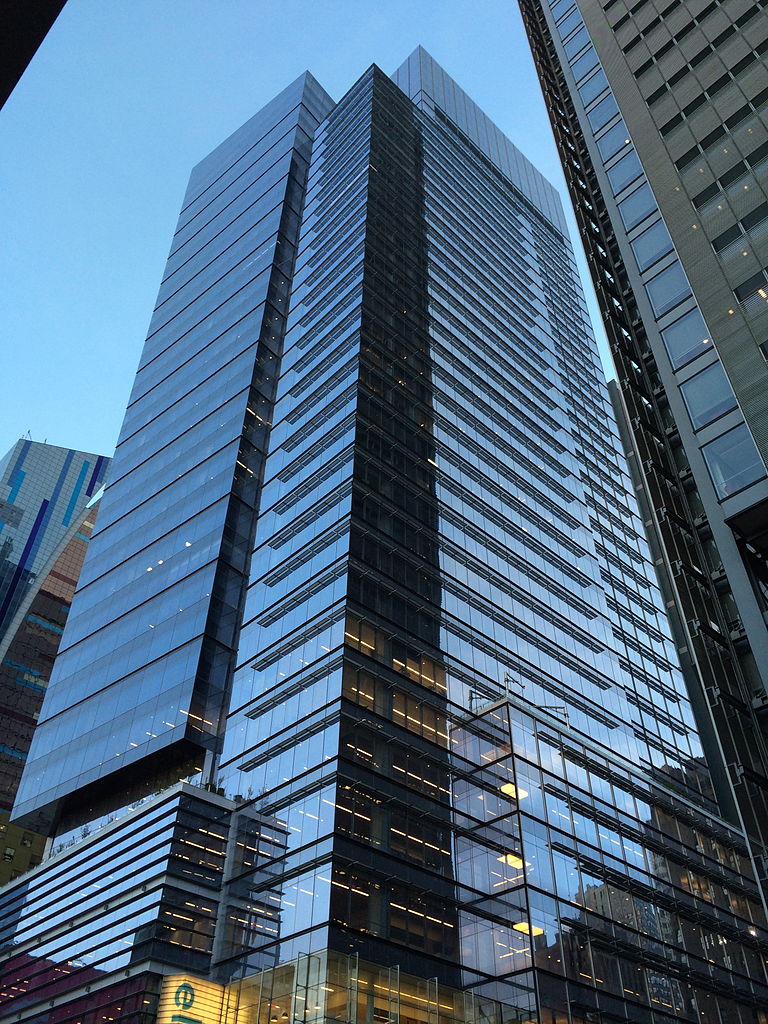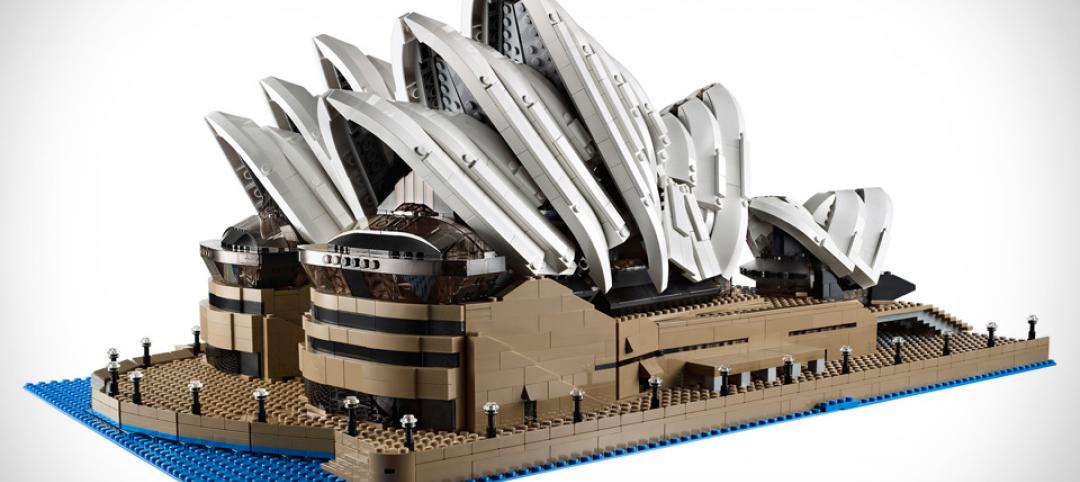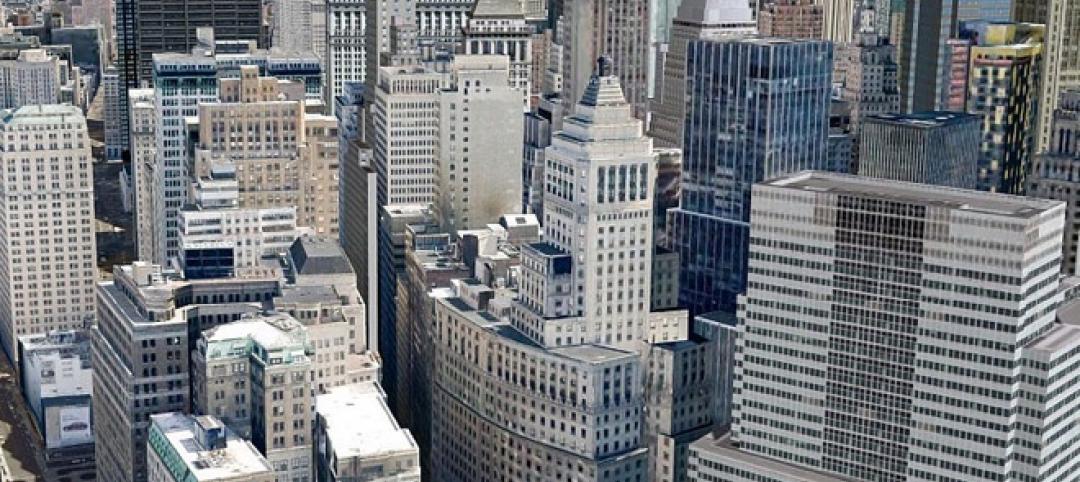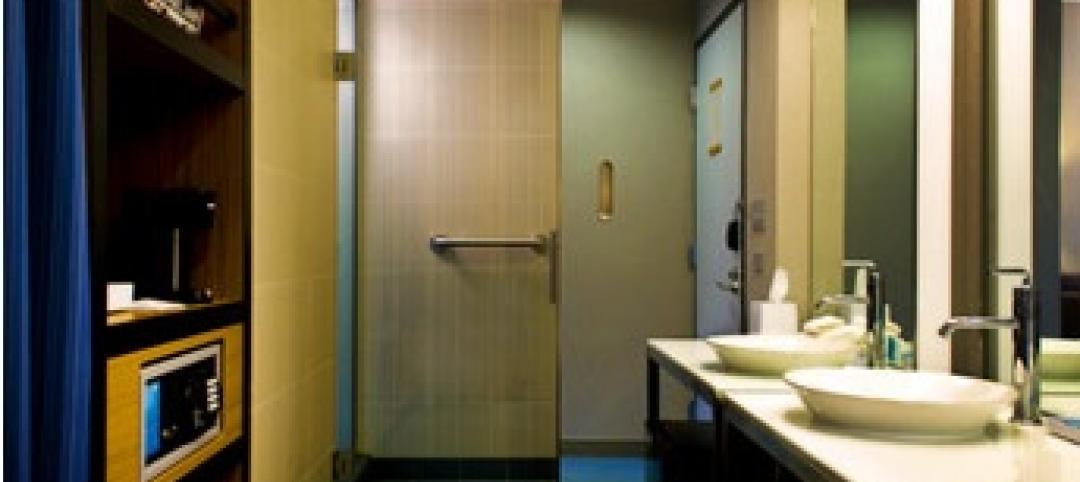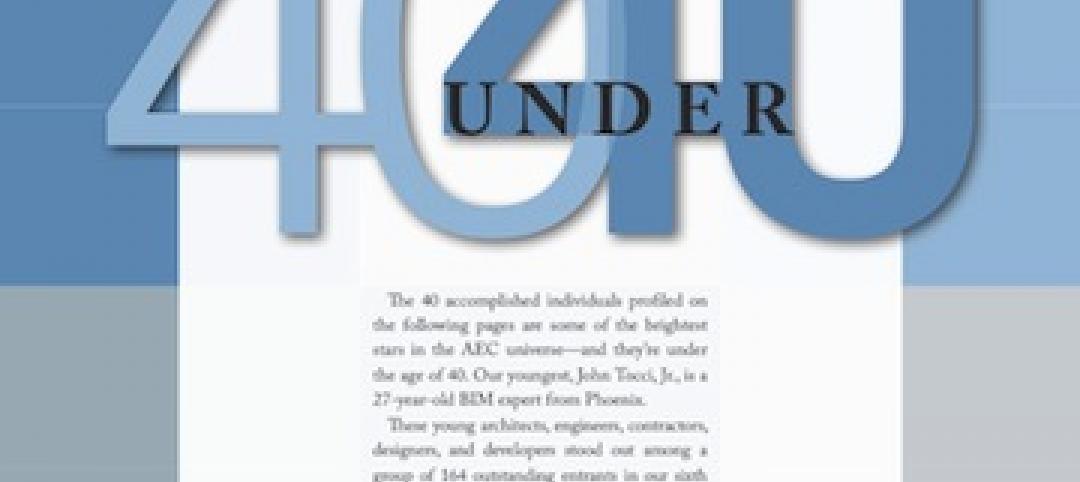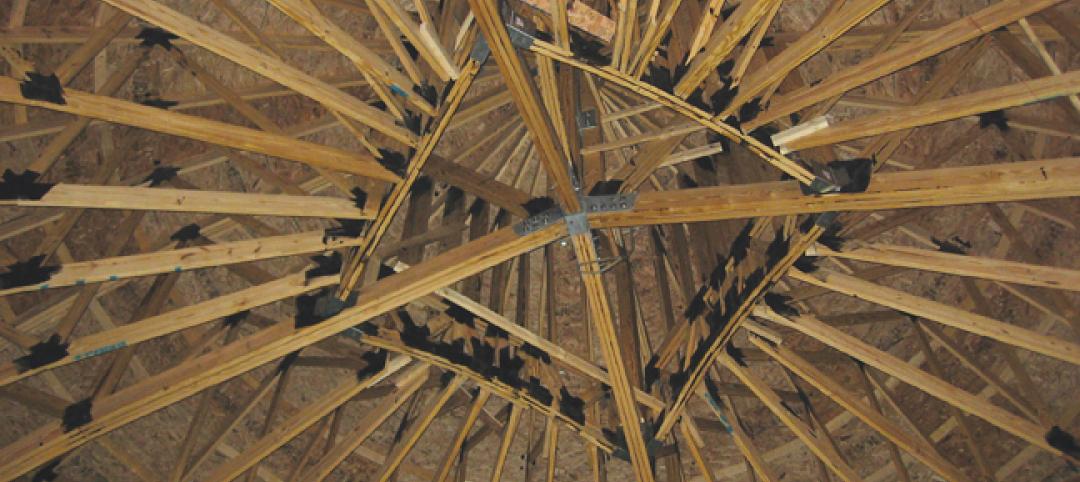When Plaza Construction first introduced the concept of "core first" in managing the construction of a major office building, the procedure of pouring concrete prior to erecting a steel frame had never been done in New York City. The precedent-setting development was utilized to build Eleven Times Square, a 40-story, 1.1 million-sf office building in New York City, resulting in a tremendous savings, completion a couple of months ahead of schedule and with no major accidents.
It was designed according to LEED Gold specifications, and its owner, SJP Properties, claims that it is one of the safest and most efficient buildings in the world. Needless to say, this method is now considered standard in the building industry, but Eleven Times Square was the first in this market.
The concrete-first method had long been used in other markets and throughout Europe, but there was strong resistance to it by New York’s laborers, mainly because of safety concerns. The developers were able to get the labor unions to buy into the technique through proving that a safe worksite will be maintained—and by all reports—Eleven Times Square changed a lot of minds.
Eleven Times Square’s architectural features include floor plates that expand as the building rises, as well as six tenant-exclusive terraces on the tower. Seven column-free corner offices are available on every tower floor, with panoramic views of the Hudson River, Times Square, and the Empire State Building. The base floors are 41,000 sf each.
How do you build a concrete core ahead of-and completely independent of-the structural steel frame? Why is it advantageous to do so? According to Richard Wood, President and CEO of Plaza Construction, “it’s done by erecting a self-climbing form-a gigantic mold, in effect-on top of footings, with reinforced steel placed inside it. Concrete is poured into the form, and when it’s dried, hydraulics lift the form up to a new point, and the process is repeated.”
“Within the concrete,” Wood explains, “flush to the face of the form, are flat plates of steel with sheer tabs welded onto them, from the trailing platform after the form climbs, and bolt-holes creating the attachment for the beams that will follow. The trailing platforms are part and parcel of the structure of the forming system. As the system is hydraulically lifted, the platforms go along with them so they’re constantly climbing the building.”
At Eleven Times Square, the foundation contractor, Urban Foundation/Engineering, got started on the concrete core before the foundation was completed and while the steel was still in fabrication. Also involved were Sorbara Concrete, Cives Steel and Cornell Erectors. During this process, the steel framing followed as soon as the bottom of the climbing forms cleared the embedding. This tightly organized system allowed completion of the core in the shortest possible time.
“This system is advantageous because these forming systems allow you to better control the quality of concrete and the schedule of the pours are not dependent on other work,” Wood explains. “This concrete core is in essence a building unto itself, a well-protected and secure core area that serves multiple purposes. It creates the lateral stability of the structure and a safe zone, after occupancy, and provides for safe egress.”
The core encloses all the building’s critical elements, including extra-wide stairways, elevators, utility risers, and the building’s command center. Mechanical, electrical, and telecommunications rooms for each floor are fully enclosed within the core walls, which results in greater security and reduced noise.
Eleven Times Square was particularly suited to the core-first option and SJP Properties chose this method based on the configuration of the core: a straight–up configuration that was especially receptive to the self-climbing, forming system. PERI, a manufacturer that has subsidiaries in more than 50 countries, provided the climbing forms.
“The forms were customized for specific projects,” Wood concludes. “The forming system is not just the form itself, but the platform that the trades work from, plus storage for materials that are introduced into the sheer wall as it climbs vertically. The system creates a self-contained secure area.”
The concrete core was made of locally sourced material, and most of the reinforcing steel was recycled-thus boosting the building’s LEED rating considerably.
According to SJP, the unions, site safety experts, and subcontractors worked together to develop a comprehensive safety plan. Egress was a major issue, which was addressed via a dedicated hoist for the core construction and a temporary stair hanging from the formwork, which accessed multiple levels at any given time, giving direct access to the permanent stairs-which were installed immediately to the underside of the form system at each jump. Plaza also employed two full-time safety managers to simultaneously monitor the core and steel construction, and implemented a safety reward program for the trades.
The result is a core-first system that allows for cost-savings, speed and safety because the concrete is erected in an encased cocoon.
Related Stories
| May 25, 2011
World’s tallest building now available in smaller size
Emaar Properties teamed up with LEGO to create a miniature version of the Burj Khalifa as part of the LEGO Architecture series. Currently, the LEGO Burj Khalifa is available only in Dubai, but come June 1, 2011, it will be available worldwide.
| May 25, 2011
Developers push Manhattan office construction
Manhattan developers are planning the city's biggest decade of office construction since the 1980s, betting on rising demand for modern space even with tenants unsigned and the availability of financing more limited. More than 25 million sf of projects are under construction or may be built in the next nine years.
| May 25, 2011
Olympic site spurs green building movement in UK
London's environmentally friendly 2012 Olympic venues are fuelling a green building movement in Britain.
| May 25, 2011
TOTO tests universal design at the AIA conference
If you could be 80 years old for 30 minutes—and have to readjust everything you think you know about your own mobility—would you do it?
| May 20, 2011
Hotels taking bath out of the bathroom
Bathtubs are disappearing from many hotels across the country as chains use the freed-up space to install ever more luxurious showers, according to a recent USAToday report. Of course, we reported on this move--and 6 other hospitality trends--back in 2006 in our special report "The Inn Things: Seven Radical New Trends in Hotel Design."
| May 19, 2011
BD+C’s "40 Under 40" winners for 2011
The 40 individuals profiled here are some of the brightest stars in the AEC universe—and they’re under the age of 40. These young architects, engineers, contractors, designers, and developers stood out among a group of 164 outstanding entrants in our sixth annual “40 Under 40” competition.
| May 18, 2011
Sanford E. Garner on the profitability of being diverse
Sanford E. Garner, AIA, NOMA, LEED AP ND, NCARB, founding partner and president of A2SO4 Architecture, LLC, Indianapolis, on gentrification, the profitability of being diverse, and his goals as NOMA president.
| May 18, 2011
8 Tips for Designing Wood Trusses
Successful metal-plate-connected wood truss projects require careful attention to detail from Building Team members.
| May 18, 2011
Major Trends in University Residence Halls
They’re not ‘dorms’ anymore. Today’s collegiate housing facilities are lively, state-of-the-art, and green—and a growing sector for Building Teams to explore.


